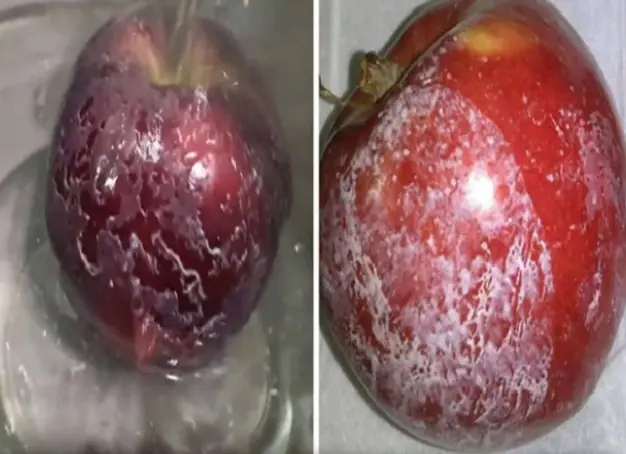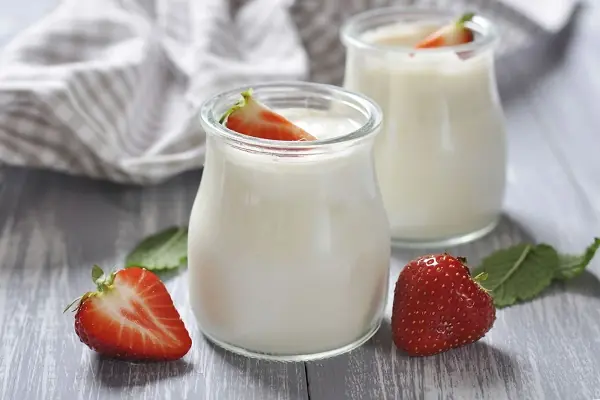
Don’t Be Quick to Throw Away These 4 Sprouted Foods in Your Home: They're Not To.xic
Don’t Be Quick to Throw Away These 4 Sprouted Foods in Your Home: They're Not To.xic — They’re Even More Nutritious!
Some foods may produce toxins when they sprout, but many others actually double in nutritional value. So how do you know which ones are safe to eat?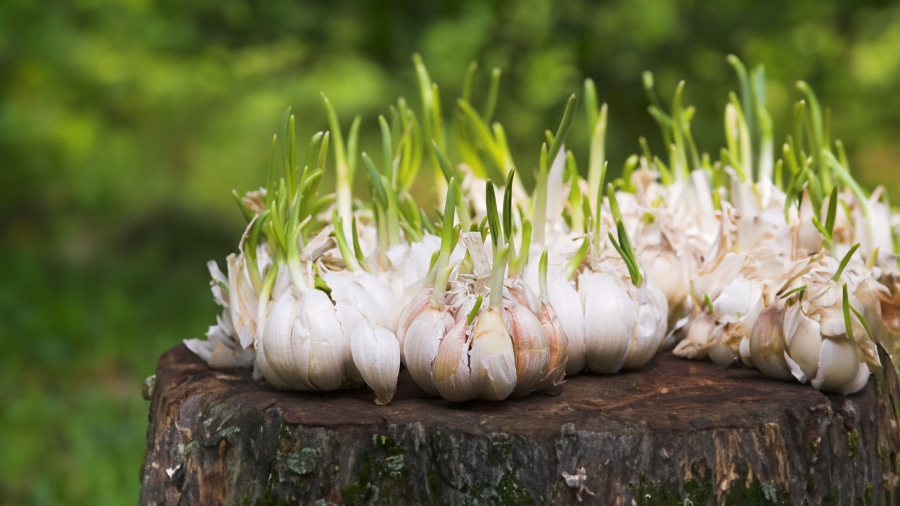
When it comes to sprouted foods, most people worry that they’ll lose flavor, spoil, or even become toxic. However, not all sprouted foods are harmful. In fact, there are 4 familiar foods that not only remain safe but also increase in nutritional value when they sprout:
1. Garlic
Many people mistakenly think that sprouted garlic is toxic and shouldn't be eaten. In reality, the opposite is true. Sprouted garlic is not only safe to consume but also more nutritious than regular garlic. Studies show that its antioxidant levels double after sprouting — peaking on the fifth day — which enhances its cancer-fighting properties and slows down aging.
Additionally, garlic sprouts and garlic scapes are rich in fiber, vitamins A and C, and carotene. They also maintain the same anti-inflammatory and antibacterial properties as garlic cloves. Just make sure the garlic isn’t moldy or discolored. Once cooked, it becomes even safer and more beneficial for health.
2. Soybeans and Mung Beans
Once sprouted, soybeans and mung beans become soybean sprouts and mung bean sprouts — both of which are easy to prepare and highly nutritious. During germination, the free amino acid content in beans increases significantly — from 0.35g/100g initially to 0.5g after one day and 1.5g by day five. Plant-based proteins also increase, while hard-to-digest compounds break down, making them easier to digest.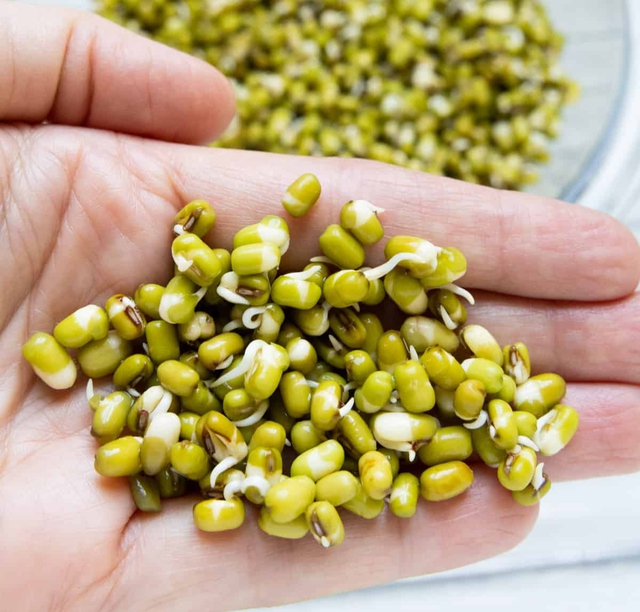
Sprouting also boosts levels of vitamins C and E, and especially isoflavones — compounds that support female hormone balance in soybean sprouts. They also contain riboflavin, which helps prevent cell aging, reduce inflammation, and protect oral health. However, avoid eating rootless sprouts as they may contain chemical residues from cultivation.
3. Brown Rice
When brown rice begins to sprout, it activates a range of enzymes like amylase, protease, and oxidoreductase, which convert nutrients into more digestible and absorbable forms. This transformation enhances its nutritional value and increases levels of vitamins A, B, E, niacin, and pantothenic acid.
More importantly, minerals like calcium and magnesium — which are typically hard to absorb from brown rice — become more bioavailable thanks to the enzyme phytase, which breaks down phytic acid. As a result, sprouted brown rice allows the body to better absorb its valuable nutrients.
4. Oats
Sprouted oats retain all their original nutrients while activating digestive enzymes like amylase and protease, which help the body absorb starch and protein more effectively. Germination also breaks down phytic acid, which otherwise blocks mineral absorption — allowing for better uptake of zinc, magnesium, and iron.
In addition, sprouted oats contain significantly higher levels of avenanthramide, a powerful antioxidant that reduces inflammation, supports heart health, and slows aging. B vitamins, especially B1 and B6, along with vitamin E, also increase during sprouting. That makes sprouted oats a perfect choice for vegetarians, those recovering from illness, or anyone on a healthy diet.
News in the same category


What is spinach? 9 amazing health benefits
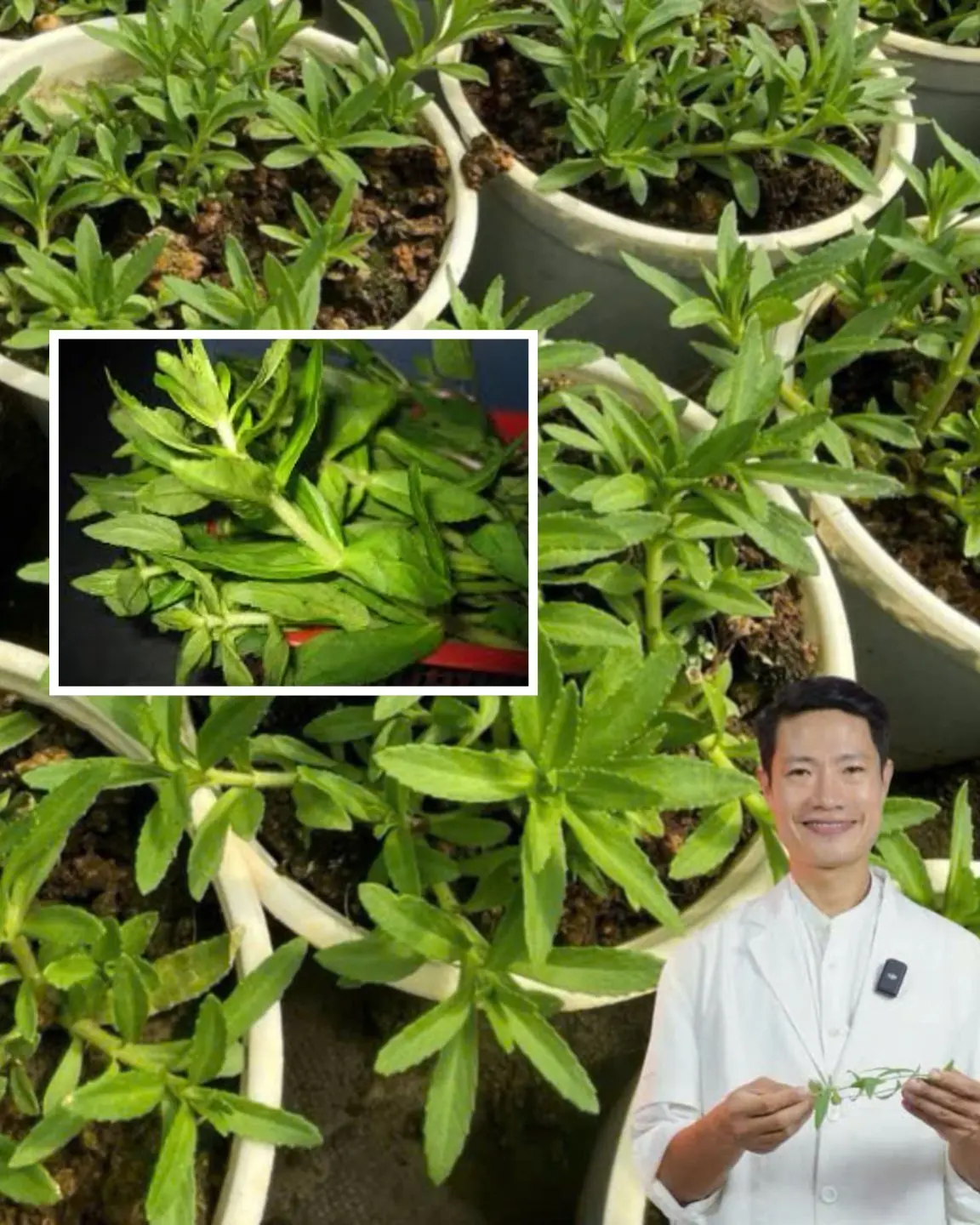
The "nemesis" of KIDNEY STONES must be this vegetable, but the doctor has a few notes

What happens to your bo.dy when you drink coffee every day?
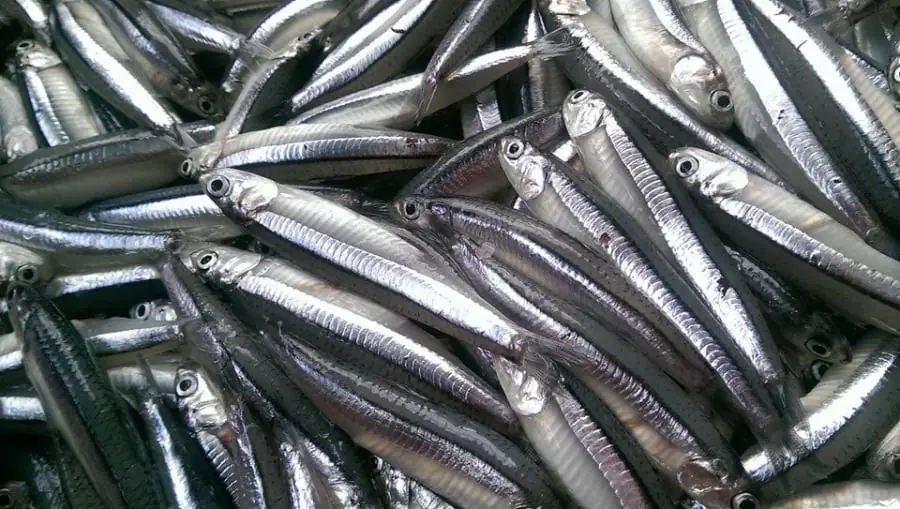
When you see them at the market, don't miss them
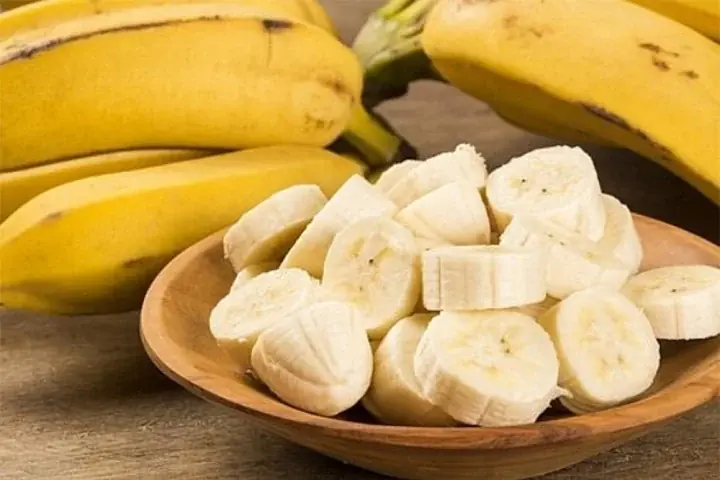
Amazing effects of bananas
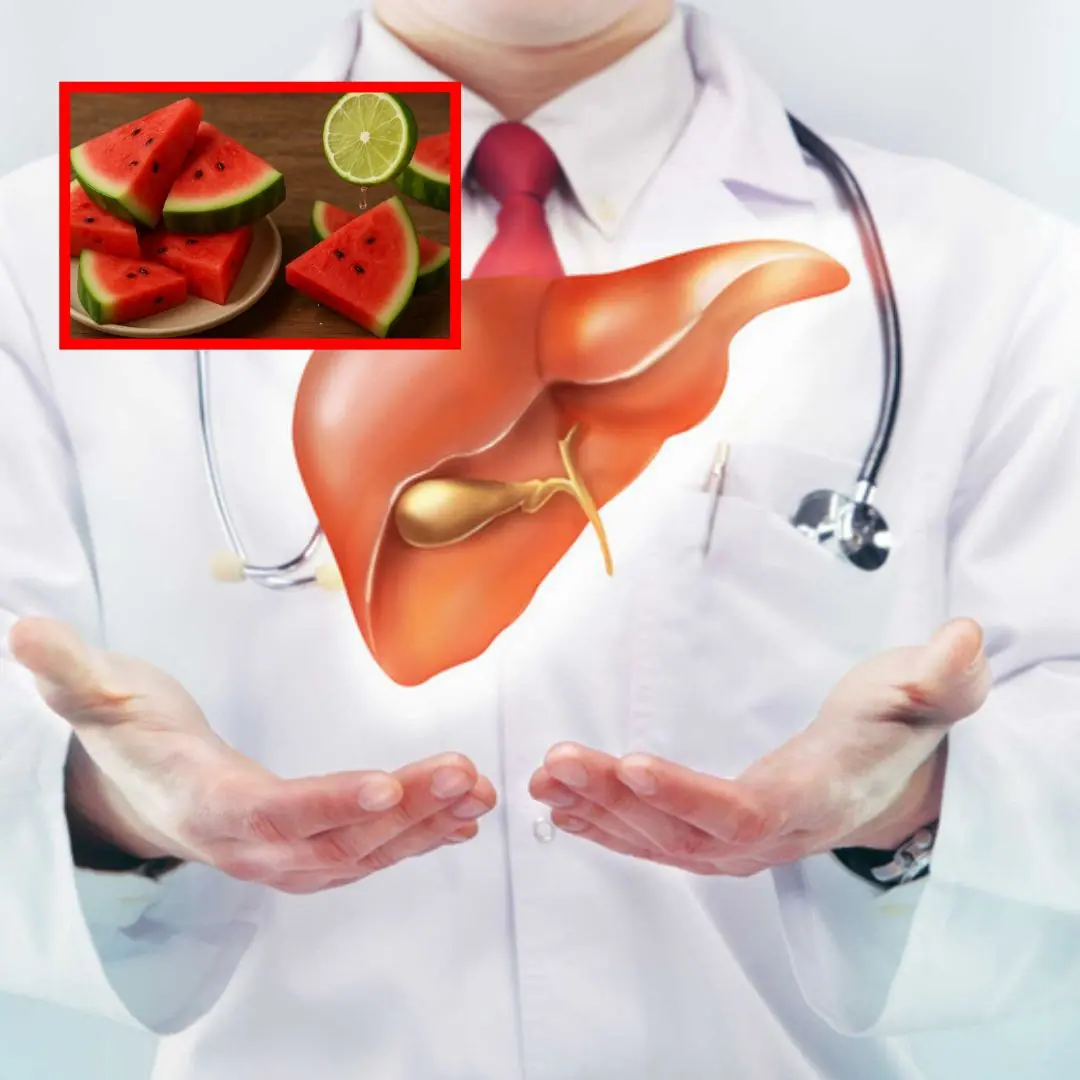
Your liver will be healthier when you combine the following foods
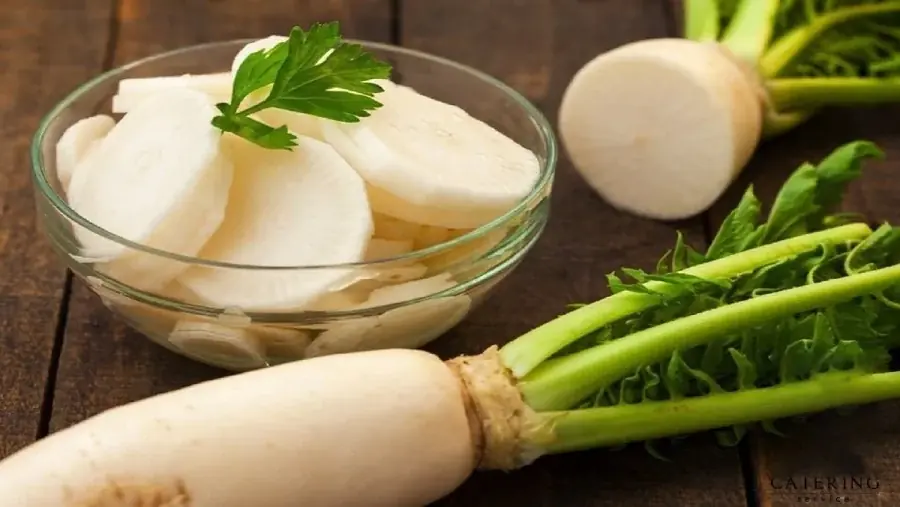
5 Types of Vegetables You Should Avoid Eating at Night: Har.mful to the Sto.mach, Drains Yang Energy

3 Foods You Should Never Cook in an Air Fryer: Ruins the Taste, Raises Can.cer Risk, and May Even Explode

To Be Honest: No Matter How Much You Love These 4 Fruits, Don’t Overeat Them
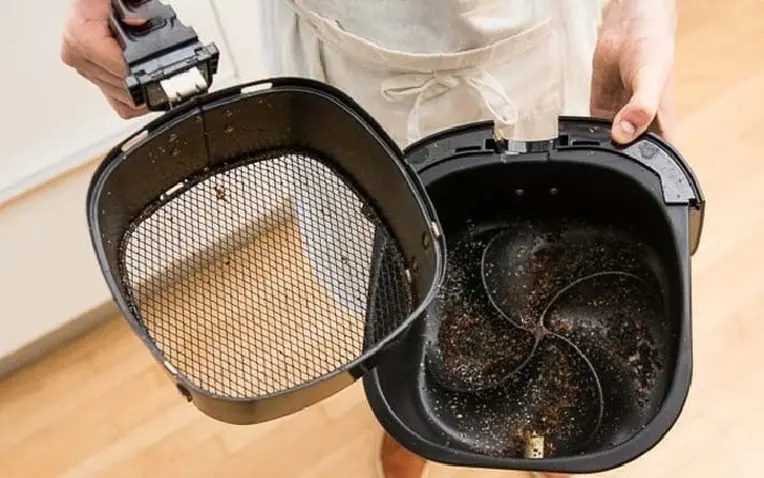
A Sincere Warning: Making These 4 Air Fryer Mistakes Is Like Serving Yourself a Plate of To.xins
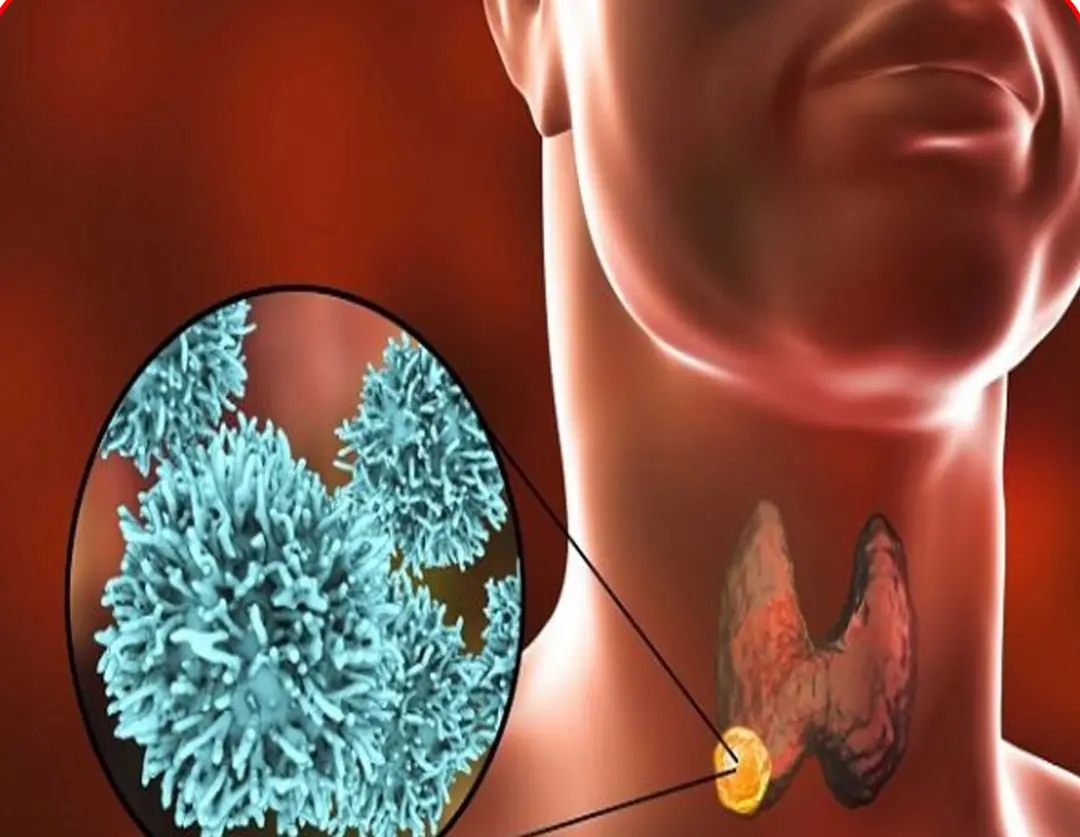
8 foods that are incompatible with tumors, remind each other to eat them regularly
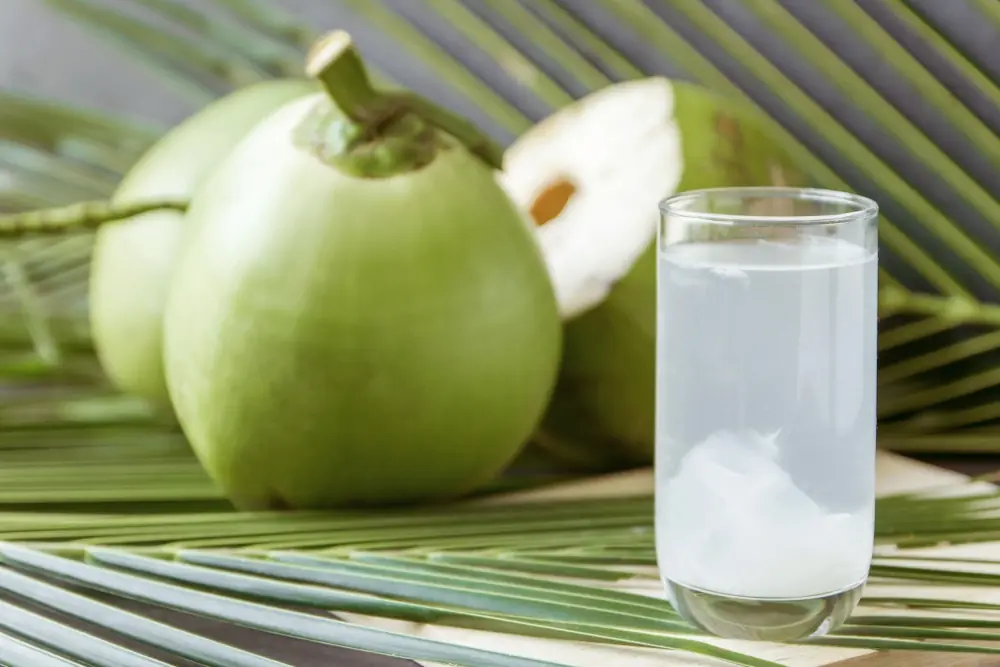
Amazing effects of coconut water
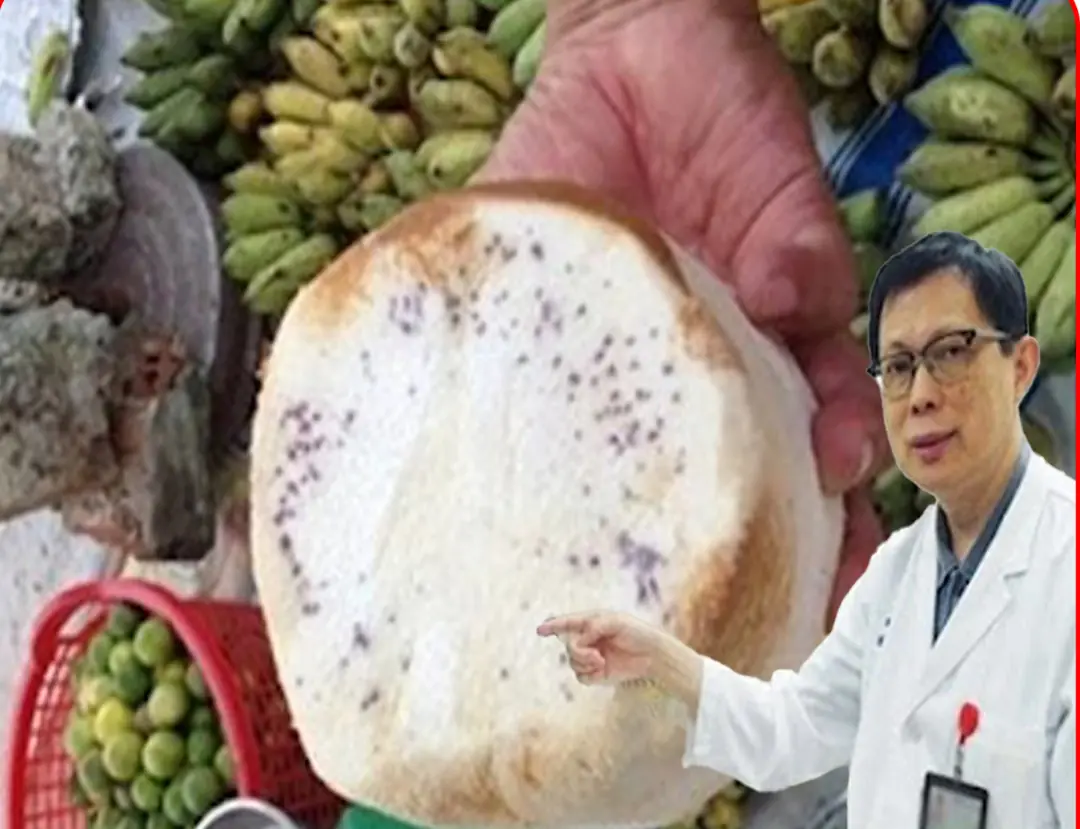
These 5 fruits are in the 'black book' of causing can.c.er cells
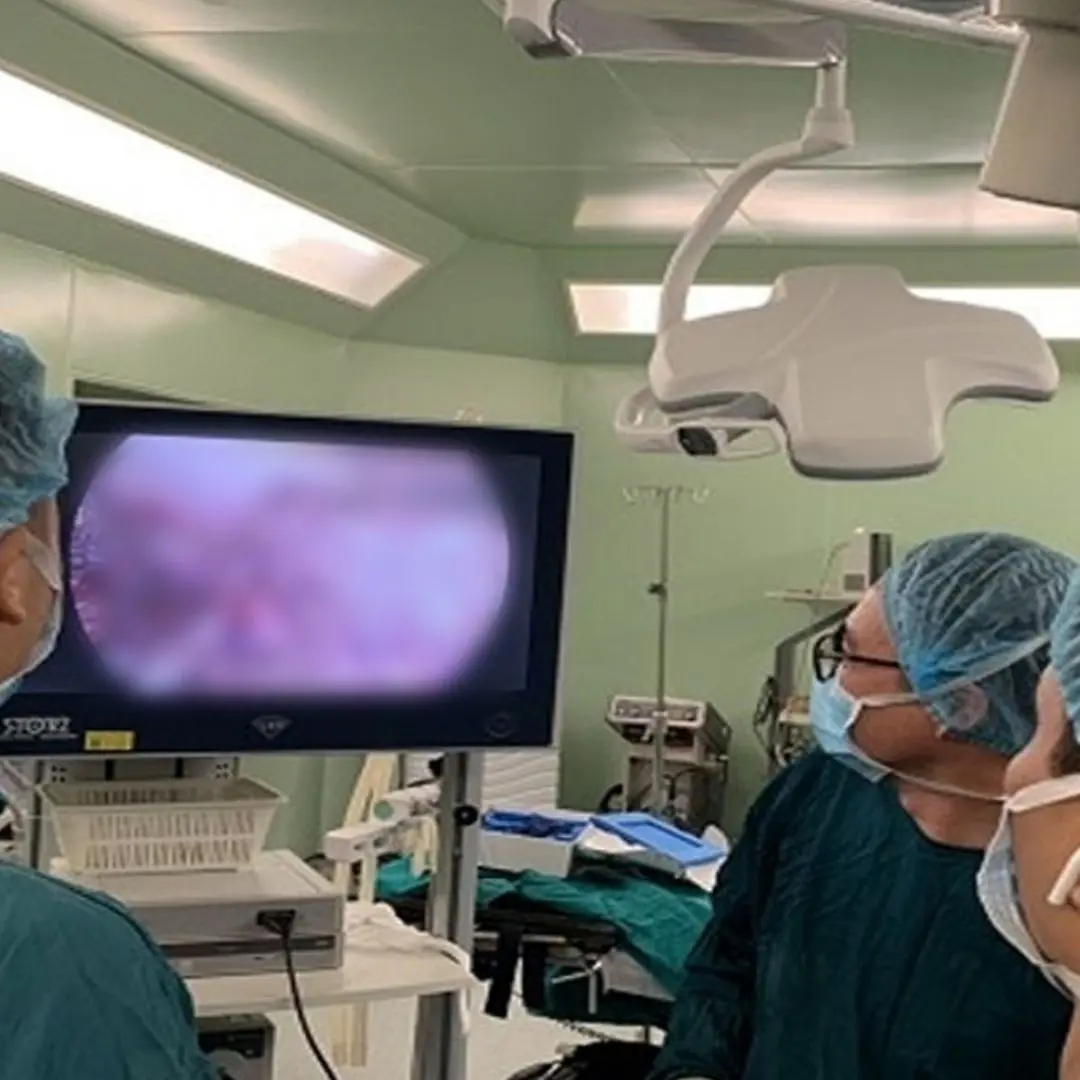
20 year old man had back pain for 10 days, went to the doctor and found out that c.a.ncer had spread throughout his body

3 times you should absolutely not take a bath if you don't want a s.t.r.oke

Doctor Reveals the Horrifying Reason Why You Should Never Pee in the Shower

Health Expert Reveals 30-Second Hand Test That Could Uncover a Hidden Brain Condition
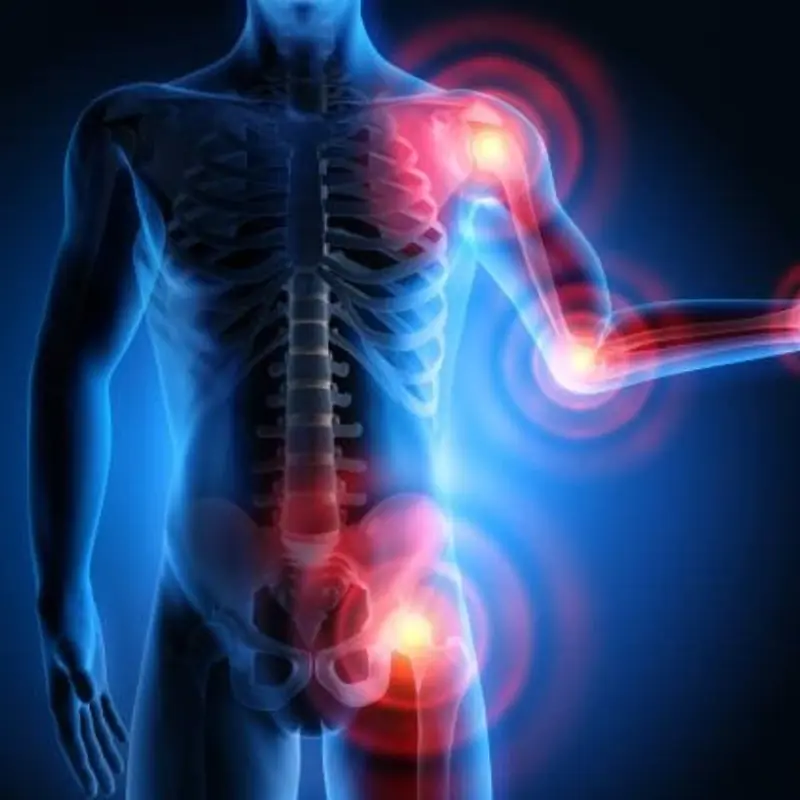
Woman Mistakes Back Pain for an ‘Injury’ — Later Diagnosed with Rare and Deadly Cancer
News Post
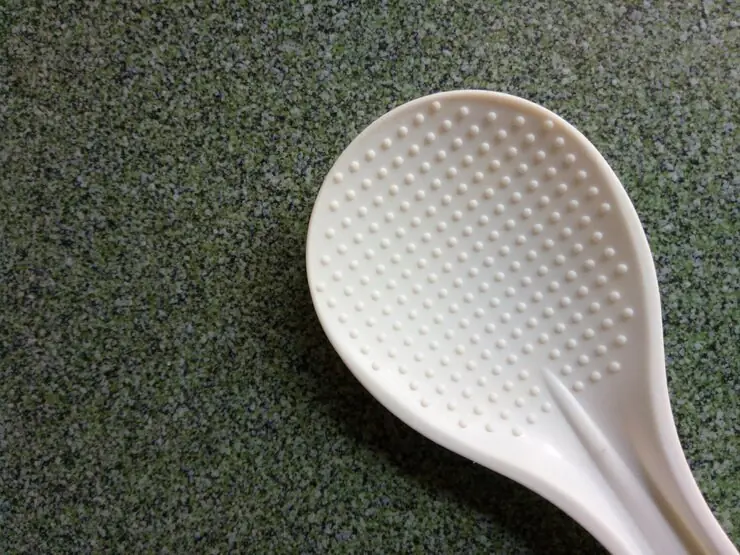
Why does the rice cooker's rice scoop have round dots?

Health benefits of yogurt

The Skylight Room

90% of people using power strips make these mistakes

Regret
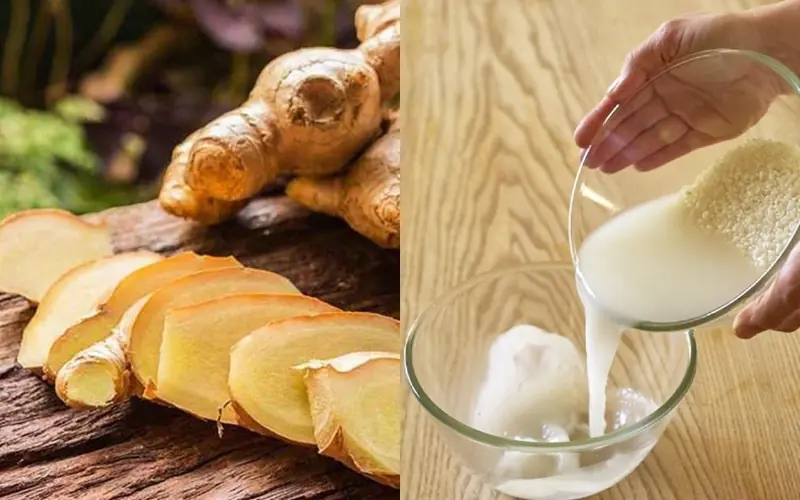
How to use rice water and ginger for healthy hair

4 Effective Home Remedies to Eliminate Mucus and Phlegm in the Throat, Sinusitis, and Rhinitis

What is spinach? 9 amazing health benefits

Tips for boiling potatoes without water, in just 5 minutes, the potatoes will be soft and fragrant
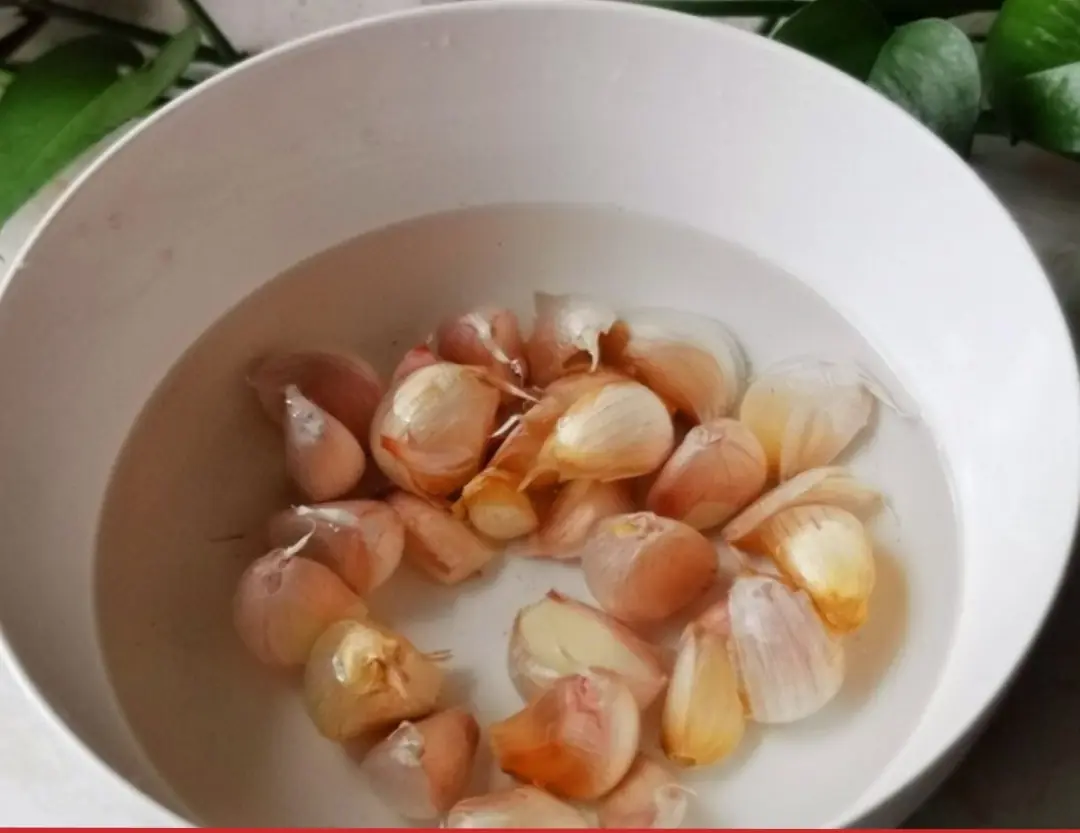
Peeling garlic by hand is old-fashioned. Here are 4 ways that are quick and don't leave a smell on your hands.

6 tips for using beer to condition and wash your hair to make it shiny, black, and reduce hair loss

Not everyone pays attention to this issue

30-minute tip to keep your refrigerator clean and odorless with cheap and safe ingredients
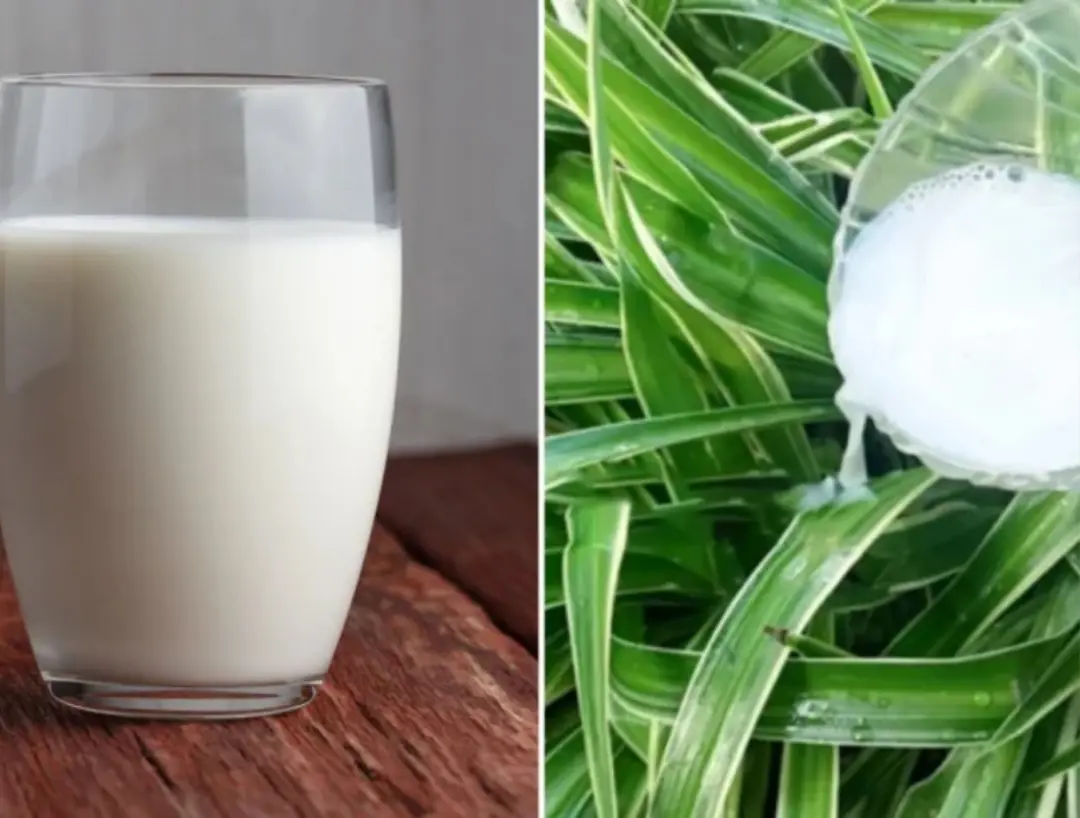
Expired fresh milk has 4 special uses
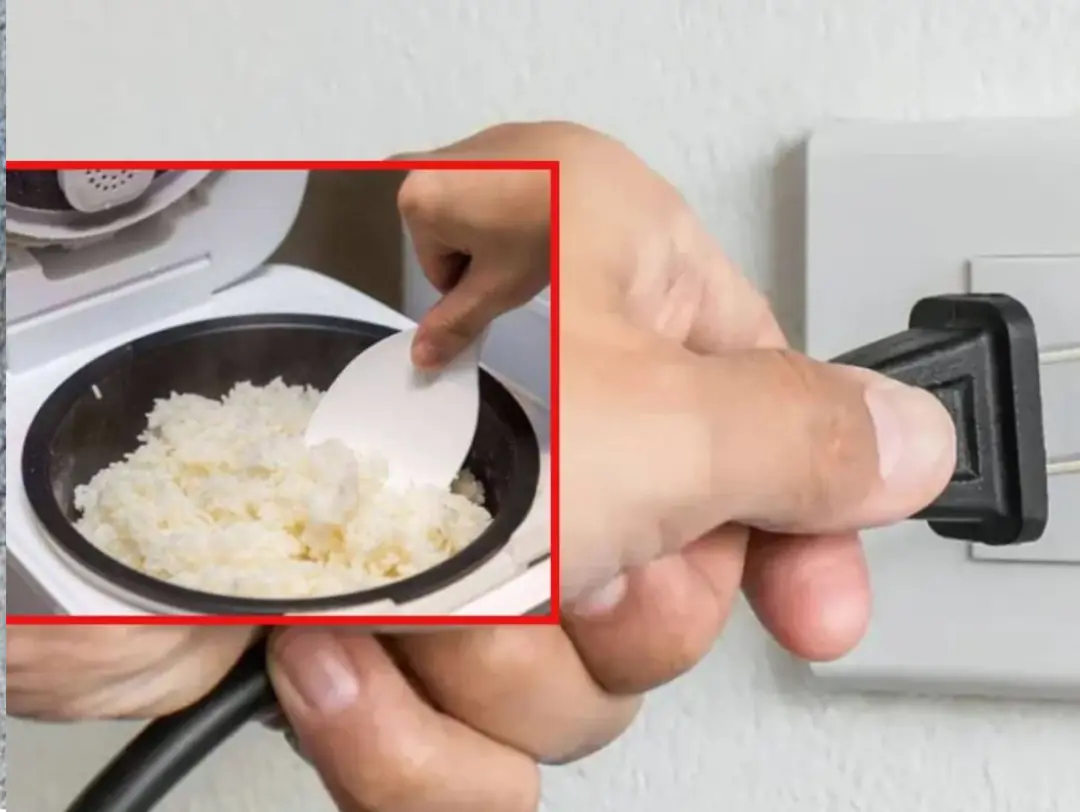
Do You Need to Unplug the Rice Cooker After the Rice Is Cooked: The Surprising Answer

Plant these 5 plants around your house to repel snakes

The Way to the Dairy

The Story of An Hour
